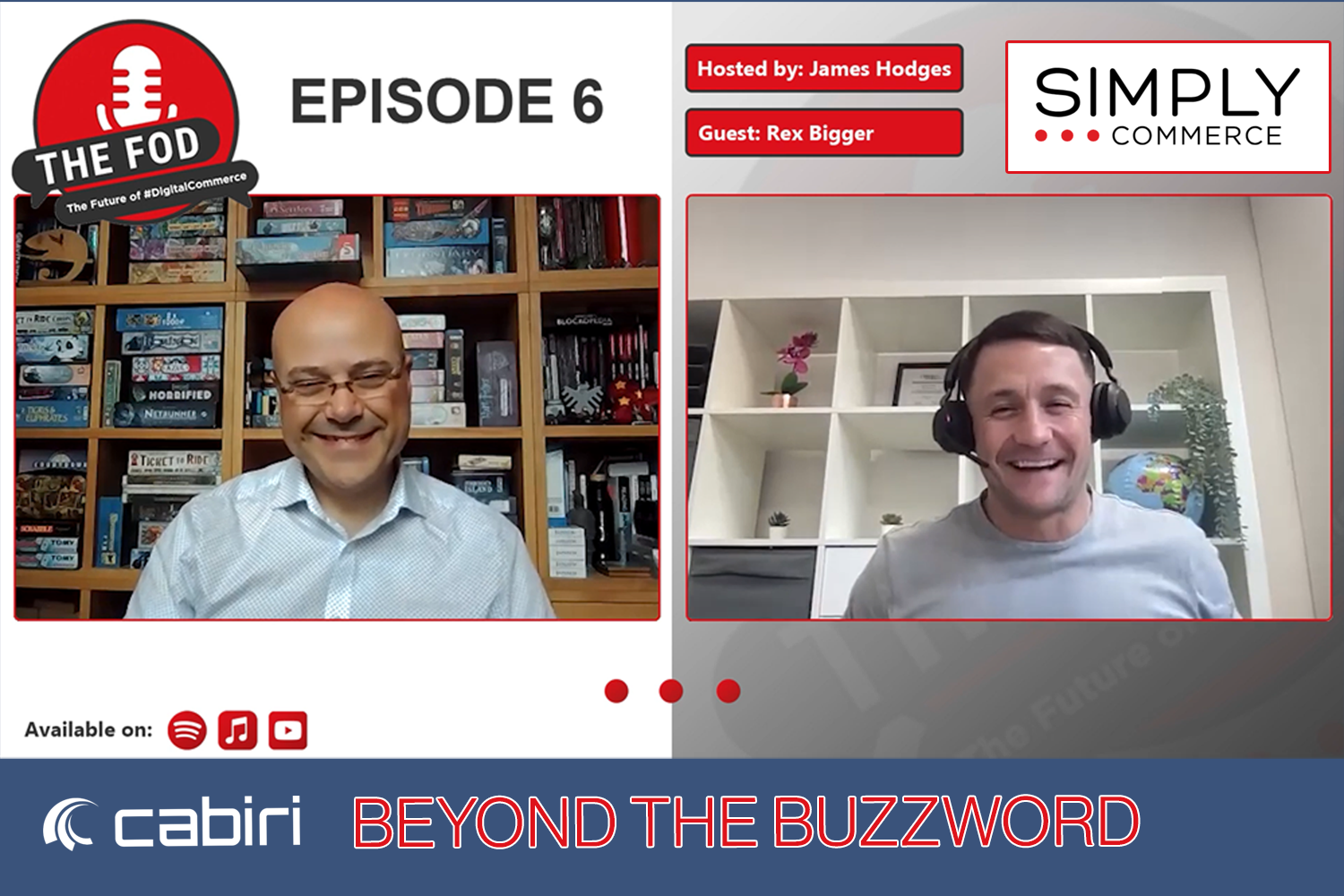"Mad Sad Glad" Retrospectives Technique
The Mad, Sad, Glad retrospective is another popular technique used in agile project management. Perfect to promote team reflection and develop a methodology for continuous improvement. Comprising of three key primary components, we outline how it works and when its best to use it when compared to other techniques. So what does this strange looking title mean? "MAD" concentrates on frustrations, "SAD" on disappointments and "GLAD" is all about the celebration of successes.
How it Works
MAD: Team members express frustrations, obstacles, or challenges they encountered during the project. This could include issues with communication, blockers, or conflicts.
SAD: Participants reflect on disappointments or setbacks they experienced. This could involve missed opportunities, mistakes, or failures.
GLAD: Team members share positive experiences, achievements, or aspects of the project that went well. This could include successful collaborations, completed tasks, or milestones reached.
When to Use Mad, Sad, Glad
When emotions run high: This a technique that provides a safe structured way to openly express feelings and concerns. As such it is of particular value in situations when any sort of emotions run high, after a challenging project or sprint for example.
Encouraging balanced feedback: Voicing and responding to both positives and negatives leads to a comprehensive understanding of team performance, alongside areas for improvement. An evenly balanced and healthy approach to feedback.
Building team cohesion: Sharing experiences and emotions often fosters empathy and understanding. This can help build and further develop team trust which in turn, strengthens cohesion. A solid cohesive team collaborates and problem solves together well.
Regular retrospectives: Mad, Sad, Glad retrospectives are always a valuable asset for regular post project or sprint, reflection sessions. Providing opportunities for continuous improvement and refinement of processes over time.
Comparison to Other Techniques
Start, Stop, Continue: Another popular retrospective technique, Start, Stop, Continue focuses on actions to begin, cease, or continue in future iterations. While it provides actionable insights, it may not delve as deeply into team emotions and experiences as Mad, Sad, Glad.
Starfish: The Starfish retrospective allows participants to categorize feedback into areas such as Stop, Start, Continue, More of, and Less of. While it offers a broader range of categories, it may not provide the same emotional outlet as Mad, Sad, Glad.
Timeline Retrospective: In a Timeline retrospective, teams visually map out the project timeline and identify key events and emotions associated with each phase. While this technique provides a chronological perspective, it may require more time and effort to facilitate compared to Mad, Sad, Glad.
Retrospective speed: Once the team are in the groove of using Mad, Sad, Glad, this can be quicker than other retrospective techniques
Conclusion
Overall, the Mad, Sad, Glad retrospective technique is best suited for fostering open communication, emotional expression, and team cohesion, making it a valuable tool for continuous improvement in agile environments.



